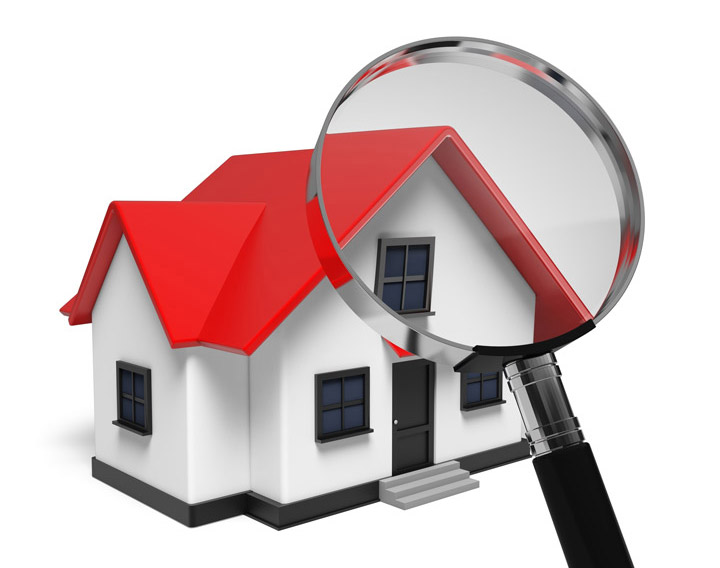
Home Appraisals: A PrimerA home purchase can be the largest investment some will ever consider. Whether it's where you raise your family, an additional vacation home or an investment, purchasing real property is a detailed transaction that requires multiple parties to see it through. Most people are familiar with the parties taking part in the transaction. The real estate agent is the most recognizable face in the exchange. Then, the bank provides the financial capital necessary to finance the transaction. And the title company makes sure that all aspects of the sale are completed and that the title is clear to transfer to the buyer from the seller. So, who's responsible for making sure the real estate is worth the amount being paid? In comes the appraiser. We provide an unbiased estimate of what a buyer could expect to pay — or a seller receive — for a property, where both buyer and seller are informed parties. A licensed, certified, professional appraiser from Paul Moriconi will ensure, you as an interested party, are informed. Appraisals begin with the inspectionTo determine an accurate status of the property, it's our responsibility to first conduct a thorough inspection. We must see features hands on, such as the number of bedrooms and bathrooms, the location, amenities, etc., to ensure they indeed are present and are in the condition a reasonable buyer would expect them to be. To ensure the stated square footage has not been misrepresented and document the layout of the home, the inspection often requires creating a sketch of the floorplan. Most importantly, the appraiser looks for any obvious amenities - or defects - that would affect the value of the house. Following the inspection, an appraiser uses two or three approaches to determining the value of the property: paired sales analysis and, in the case of a rental property, an income approach. 
Replacement CostThis is where the appraiser gathers information on local building costs, labor rates and other elements to figure out how much it would cost to replace the property being appraised. This figure usually sets the maximum on what a property would sell for. The cost approach is also the least used method. 
Sales ComparisonAppraisers get to know the neighborhoods in which they appraise. They innately understand the value of specific features to the homeowners of that area. Then, the appraiser researches recent transactions in close proximity to the subject and finds properties which are 'comparable' to the home being appraised. Using knowledge of the value of certain items such as square footage, extra bathrooms, hardwood floors, fireplaces or view lots (just to name a few), we add or subtract from each comparable's sales price so that they are more accurately in line with the features of subject property.
A valid estimate of what the subject might sell for can only be determined once all differences between the comps and the subject have been evaluated. When it comes to valuing features of homes in Springfield and Sangamon, Paul Moriconi is second to none. The sales comparison approach to value is typically given the most consideration when an appraisal is for a home purchase. Valuation Using the Income ApproachIn the case of income producing properties - rental houses for example - the appraiser may use a third approach to value. In this situation, the amount of income the real estate generates is taken into consideration along with income produced by neighboring properties to derive the current value. The Bottom LineCombining information from all applicable approaches, the appraiser is then ready to document an estimated market value for the subject property. It is important to note that while the appraised value is probably the best indication of what a property is worth, it probably will not be the price at which the property closes. Depending on the individual circumstances of the buyer or seller, their level of urgency or a buyer's desire for that exact property, the closing price of a home can always be driven up or down.But the appraised value is often used as a guideline for lenders who don't want to loan a buyer more money than they could recover in the event they had to sell the property again. The bottom line is, an appraiser from Paul Moriconi will help you discover the most fair and balanced property value, so you can make profitable real estate decisions. |